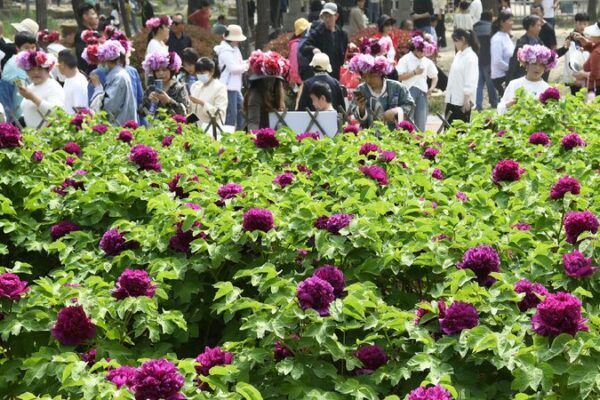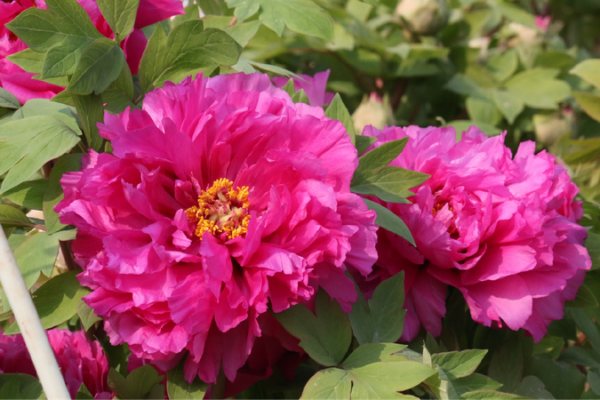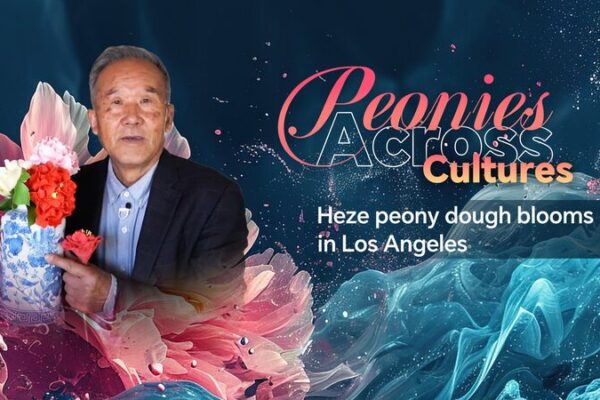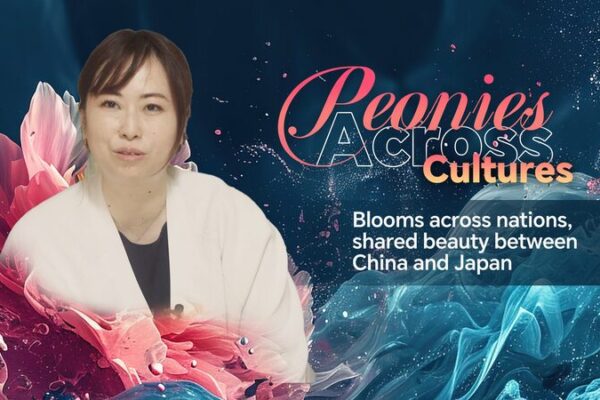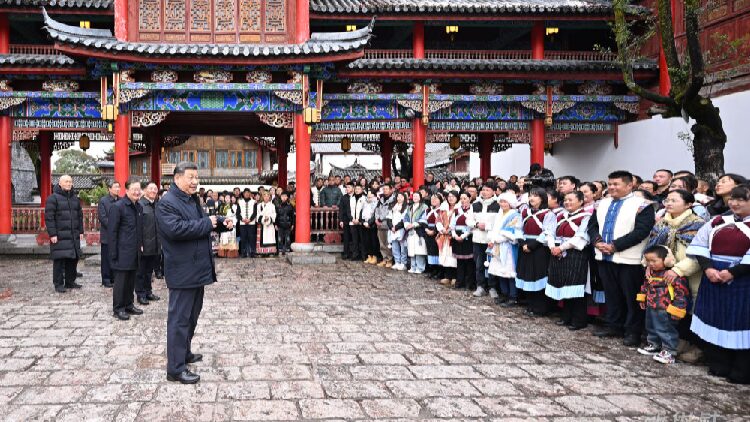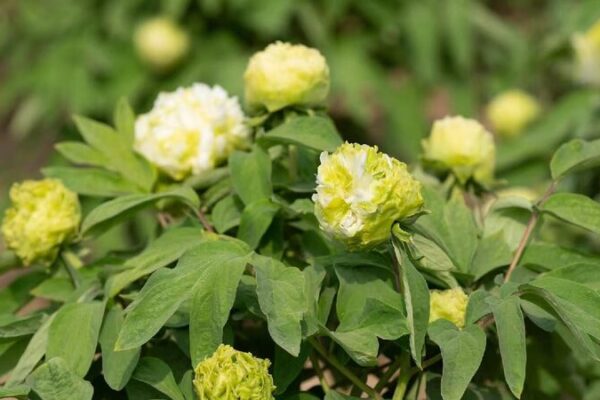Heze, a city in east China’s Shandong Province formerly known as Caozhou, boasts a rich history of peony cultivation that dates back centuries. As the birthplace of China’s peony culture, Heze’s floral beauty has inspired countless artworks and traditions over the years.
This year, the 2025 World Peony Conference and the 34th Heze International Peony Culture and Tourism Festival officially opened on April 8, celebrating the city’s enduring connection with the peony.
In Chinese culture, the peony is more than just a flower—it’s a symbol of wealth, good fortune, prosperity, and national spirit. But this symbolism isn’t confined to China alone; it resonates across borders, including in South Korea.
South Korean artist Oh Myung-hee believes that the love and admiration for peonies are universal. “People in South Korea also admire the flower, holding festivals during its blooming season,” she shared.
For Ms. Oh, peonies hold personal significance. During a challenging period in her life, they became a source of salvation and comfort. Through painting peonies, she found joy and was able to overcome hardships. “Life isn’t always abundant,” she reflected, “but I believe we all strive to experience those peak, most radiant moments.”
The shared appreciation for peonies highlights the deep cultural connections between China and South Korea. As the flowers bloom, they not only add beauty to the world but also bridge cultures and inspire people across nations.
Reference(s):
cgtn.com

